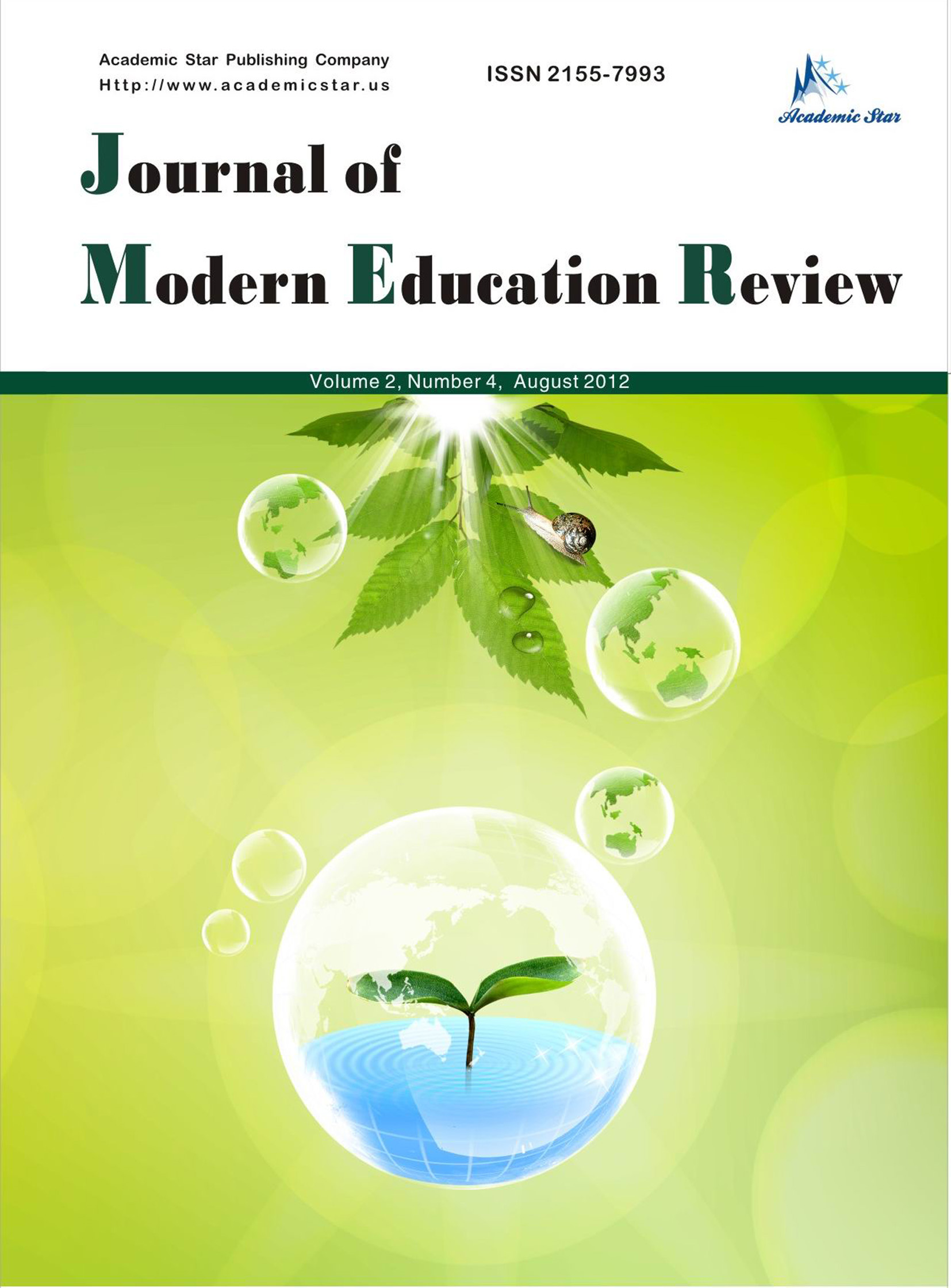Humanities

- ISSN: 2155-7993
- Journal of Modern Education Review
On the Position of Hungarian within the Ural-Altaic Typological Belt: Historical and Political Influences
Angela Marcantonio
(Università degli Studi di Roma "Sapienza", Italy)
(Università degli Studi di Roma "Sapienza", Italy)
Abstract: The position of Hungarian as a Uralic language within the “Ural-Altaic typological belt” is contradicted both by the historical sources and the linguistic evidence. According to the Uralic theory, the Hungarians would originate from the assumed “Uralic proto-community” (living, several millennia ago, on the western side of the Ural Mountains), whilst the historical sources from the 9th/10th century all agree that the Magyars were nomadic people of the steppes, living within multi-lingual and multi-ethnic Turkic tribal confederations, originating, ultimately, from Central Asia. Still according to the Uralic theory, Hungarian should be a language quite similar to the other languages classified as Uralic, such as Finnish; however, Hungarian is more similar to Turkic than to any other Uralic language. Thus, the questions arise: Why has the traditional Uralic classification of the Hungarian language and peoples been established, and maintained, despite all the odds? How have the above reported contradictions in the linguistic data and historical sources been dealt with? I shall argue that these contradictions have been maintained by “reinterpreting” the sources as well as the linguistic data, this in turn being implemented because of historical and political motivations.
Key words: Hungarian, Turkic, historical-comparative linguistics, historical sources, political influences






